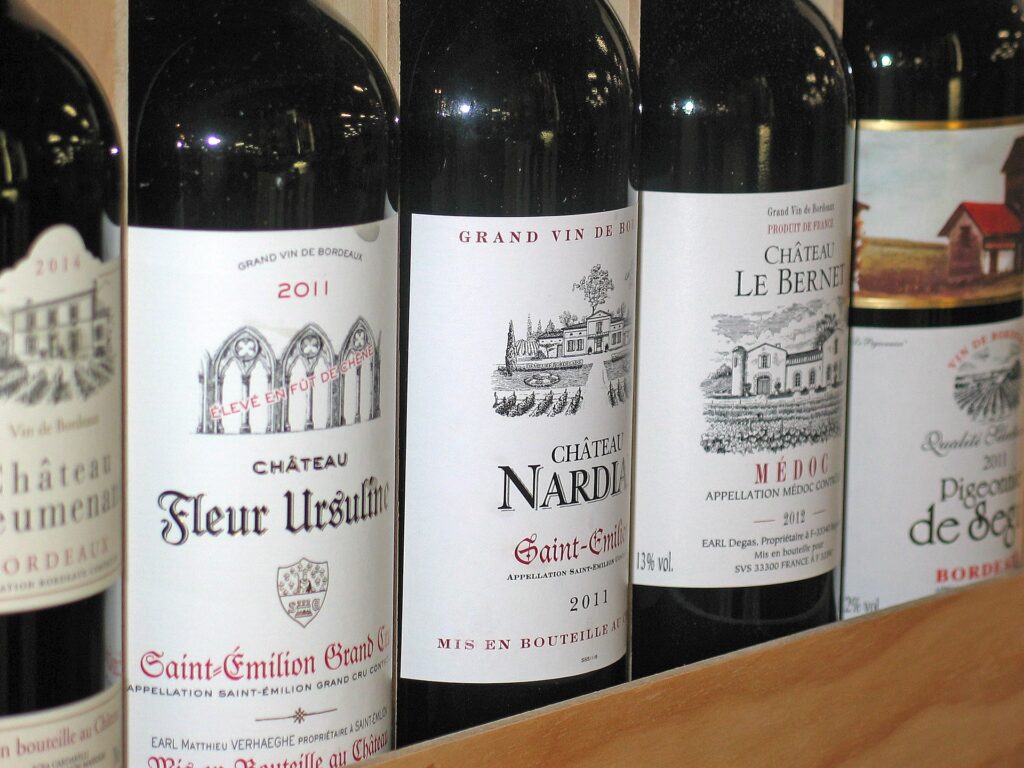Red vs White Wine: A Delicate Balance of Flavor and Preference
Whether you’re dining out at a gourmet restaurant or selecting a bottle for a cozy night at home, you’ve likely faced the age-old question: red or white wine? Both offer a diverse spectrum of flavors, characteristics, and food pairings, making the choice largely a matter of personal preference. But understanding the nuances of red and white wines can enrich your overall experience and guide your selection. Let’s explore the differences between red and white wine, and what each brings to the table.
I. The Fundamental Differences
1. Winemaking Process
The primary difference between red and white wine lies in their production process. Red wines are made by fermenting grape juice with the grape skins, giving them their characteristic color and tannins. In contrast, white wines are made by pressing the juice out of the grapes and fermenting it without the skins.

2. Flavor Profile
While the flavor of wines can vary vastly depending on the grape variety, region, and winemaking techniques, some general observations can be made. Red wines are typically more robust, with rich flavors such as dark fruits, chocolate, or tobacco. White wines, on the other hand, are often lighter, with flavors of green or citrus fruits, flowers, or herbs.
3. Tannins and Body
Red wines have higher tannins due to skin contact during fermentation, contributing to a heavier body and a sensation of dryness or astringency in the mouth. White wines usually have low tannin levels and can range from light-bodied (like Pinot Grigio) to full-bodied (like oaked Chardonnay).

II. Food Pairing: Red or White?
Pairing wine with food enhances the dining experience, allowing the flavors of both the wine and the dish to shine. Traditionally, red wines pair well with red meat, while white wines go with fish and poultry. But why limit ourselves?
1. Red Wine Pairings
Aside from the classic red meat pairing, red wines can complement dishes with umami-rich ingredients (like mushrooms) and dishes with a heavy tomato base, thanks to their acidity and tannic structure.
2. White Wine Pairings
While white wines are a natural match for fish, they also pair excellently with dishes that exhibit citrus or cream-based sauces, salads, and many types of cheese. The crisp acidity in many white wines can cut through the richness of creamy dishes or refresh the palate after a bite of cheese.
III. Occasion and Preference: What Suits Your Mood?
Choosing between red and white can also depend on the occasion, the weather, or even your mood. A chilled white might be more refreshing on a hot summer day, while a full-bodied red could provide the perfect warmth for a winter evening.
Ultimately, whether you opt for a red or white wine, it should align with your personal preference. Exploring different wine types, varieties, and styles can be an exciting journey, leading you to find your favorites and appreciate the vast diversity that the world of wine offers. So, here’s to enjoying the discovery, one glass at a time!
